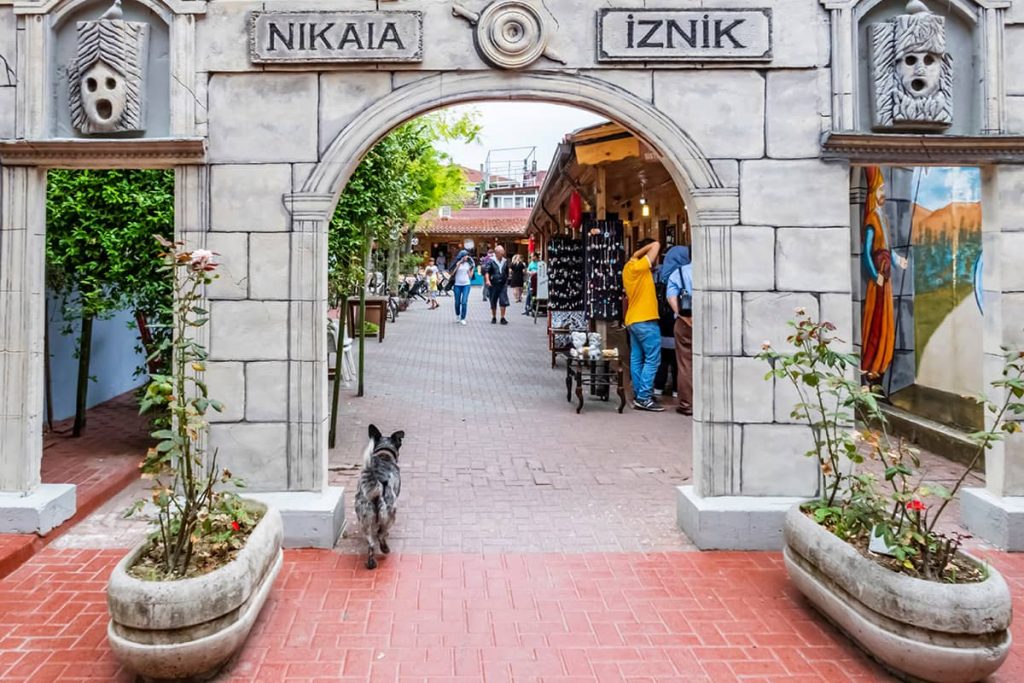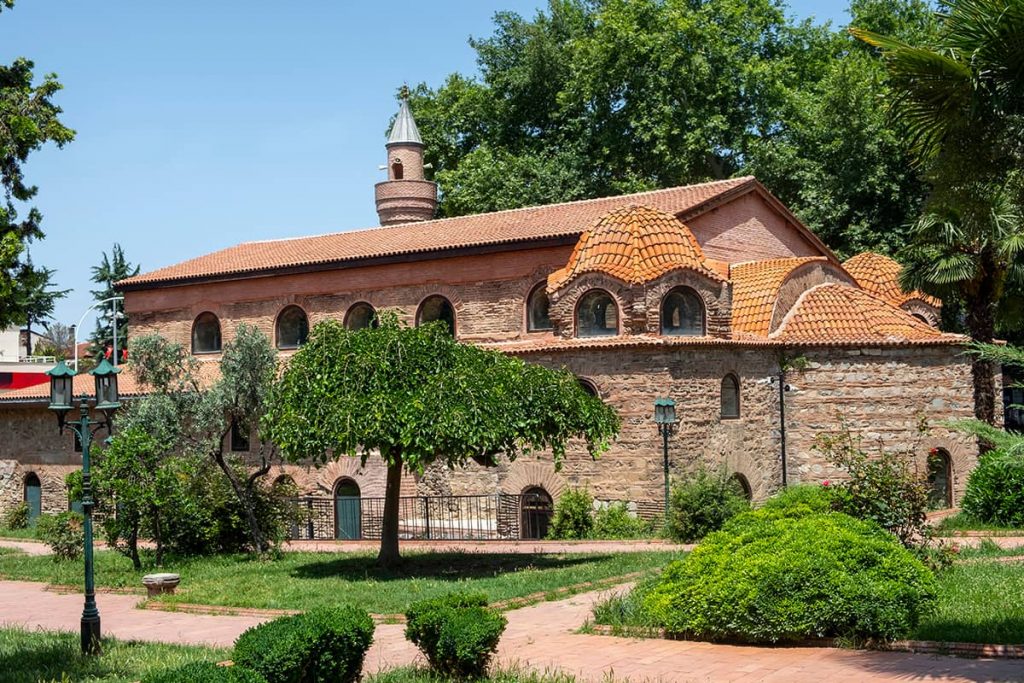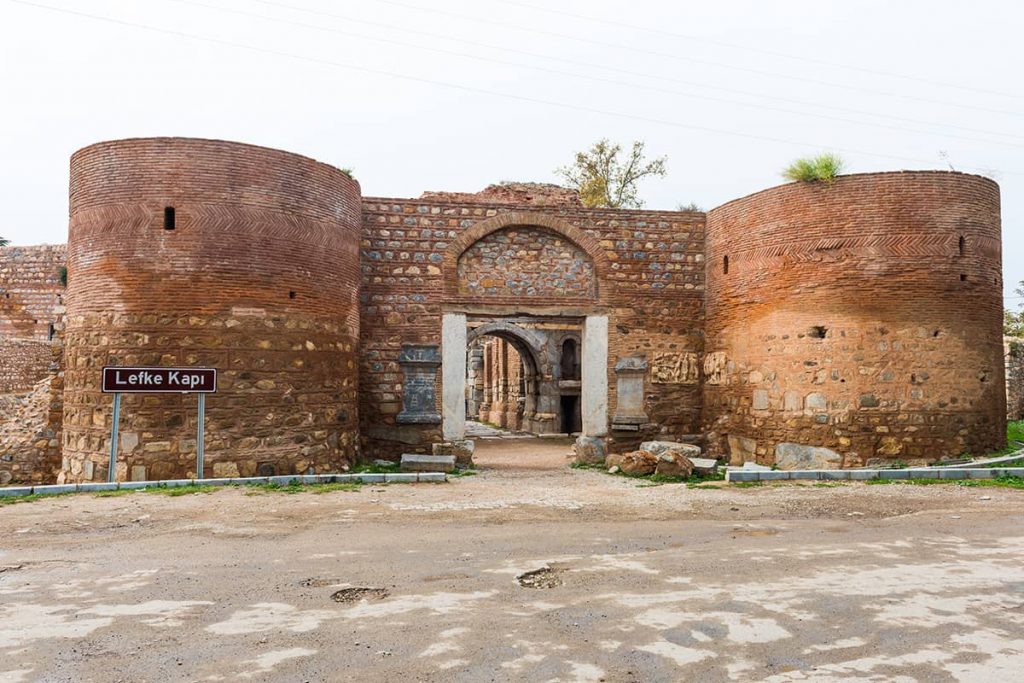Iznik has established itself as one of the few open-air museum cities in the world by preserving its rich cultural, historical, and touristic legacy. Additionally, it is now a part of Cittaslow, the network for slow cities.
This novel concept, which was created by merging the Italian terms “Citta” (city) and “slow,” has been in our world for a very long time. Since 1999, this international municipal organization has been in business. Cittaslow is a concept based on the notion of slow living. Urbanization makes our lives overly hurried and highly dependent on consumption. A perspective built on living more calmly and enjoying life is called cittaslow. So if you are tired of the busy life of the vibrant city, this is the time to apply for a Turkish visa online and spend some quality time with yourself in Iznik.
In addition to qualities like agriculture and tourism, other attributes like hospitality and social stability are needed. As a result, a city might be considered quiet if it maintains both self-sufficiency and a slow pace of life. Turkish cities from the Aegean, Black Sea and Southeast Anatolia are included in Cittaslow towns, which also have cities from 30 other countries. The last town from Turkey to appear on the list is Znik, which was selected as a Cittaslow.

Zednik, on the province of Bursa’s Tentative List for the UNESCO World Heritage, is located on the eastern side of the eponymous lake. The town first appeared in history under the name Nicaea, leaving a lasting impression on the development of Christianity. Nicaea held the First Ecumenical Council of the Church in 325 and produced the Nicaean Creed, which is still in use today.
The Eastern Roman Empire ruled Nicaea after the Roman Empire. The walls that now enclose the city of Iznik were first built by the Eastern Roman Emperor Justinian the Great, who also supervised the construction of the beautiful Ayasofya in Istanbul across the Marmara Sea. Eastern Roman emperors fled to Iznik and ruled for 57 years after the Crusader army invaded Istanbul rather than Jerusalem and plundered the city.
Iznik’s walls could fend off Arab attackers, but they were weak against the Seljuks, who conquered the city and made it a part of their empire & came to be known as İznik. The city also bears the mark of the Ottoman Empire, which conquered Iznik in 1331. Iznik flourished as an artistic, economic, and cultural hub throughout the Ottoman era after serving as the capital of the Seljuks and the Eastern Romans.
The pivotal moment came under Sultan Selim I’s rule, and its effects would last for ages. The famous pottery masters from Tabriz, conquered by the sultan, were transferred to Iznik. Along with the usual blue and white, artists who moved to the city and built shops began to use coral red. Despite being utilized in mosques worldwide, Istanbul and the Blue Mosque mainly saw the most excellent use of these tiles.

The walls surrounding Iznik give the impression that you are approaching a miniature of Istanbul as you draw closer. When you arrive in the city’s centre and see Ayasofya, you are even more aware that you are in Istanbul. But as you go around the streets of Iznik, which are covered with enormous plane trees, you realize that you are actually in a calm village removed from the rush of Istanbul.
Five kilometres of the city’s old walls surround it, maintaining the Roman pattern. Observe the town’s four principal entrances: the Istanbul Gate, Yenişehir Gate, Lefke Gate, and Lake Gate. You can still climb the walls and take in the surroundings at the Lefke Gate, the largest of all the gates.
Down the street is where you’ll find the stunning Green Mosque. The 14th-century building stands out due to its diagonal minaret decorated with gorgeous turquoise tiles. The Iznik Museum, which you can see when you cross the street, is housed in a soup kitchen that Sultan Murat I built in 1388 and featured a collection of tiles. Even today, the ceramic tiles from Iznik are marked with their location.
See what’s left of the old Ottoman ceramic kilns if you’re curious about tile development. You should move in the direction of the lake and follow the walls to the Saray Gate to see what the tile masters of the past and present have made.

From its energy city population from the Hellenistic era to the monumental buildings from the Roman, Eastern Roman, and Ottoman periods, Iznik retains its historical urban fabric with all of its vibrancy. However, the most significant thing to do after visiting is to travel to the lakefront, where various charming cafes will greet you. A lot of little motels are also gathered together around the peaceful lake. Every day, the sunset in Iznik will provide you with a pleasant surprise.
When it comes to agricultural goods, Znik is highly wealthy. Numerous other fruits and vegetables are grown, including olives, grapes, peaches, cherries, plums, pears, apples, walnuts, tomatoes, green beans, broccoli, and Brussels sprouts. Three official fruit and vegetable markets are located nearby. The olive dominates the agricultural production of Znik, providing 90% of farmer families with a living. The olive oil is just beautiful.
Fish, crayfish, and meatballs are the first foods that come to mind when considering what to eat in Iznik. The restaurants near Lake Iznik also provide delicious food, including crab stew, carp soup, fried catfish, crayfish salad, and dishes. You may eat meatballs in one of the meatball restaurants in the heart of Iznik. To benefit from culinary tourism, the area has also launched efforts for the slow food movement.

The author is associated with TurkeyVisaOnline.com and has written many blogs on turkey e-visa applications, Turkish culture, history, food, and how to apply for a turkey visa online.
